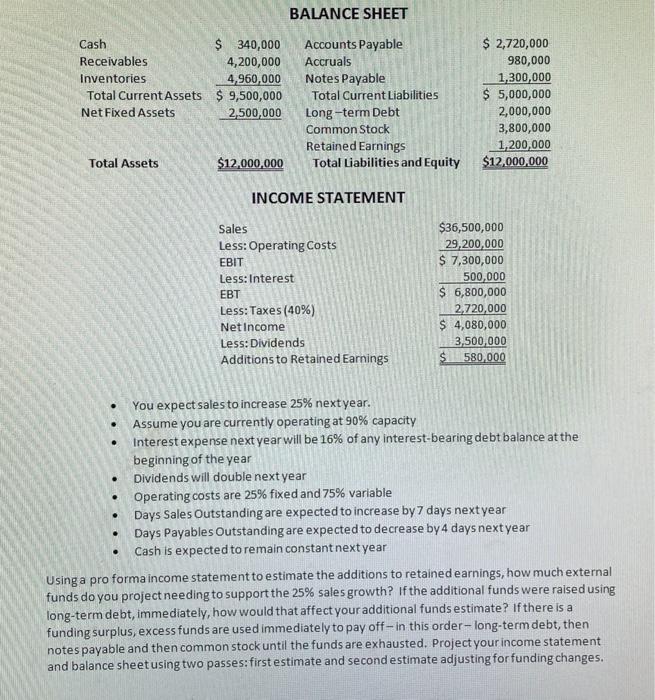Answered step by step
Verified Expert Solution
Question
1 Approved Answer
please show work BALANCE SHEET Cash $ 340,000 Receivables 4,200,000 inventories 4,960,000 Total Current Assets $ 9,500,000 Net Fixed Assets 2,500,000 Accounts Payable Accruals Notes

please show work
Step by Step Solution
There are 3 Steps involved in it
Step: 1

Get Instant Access to Expert-Tailored Solutions
See step-by-step solutions with expert insights and AI powered tools for academic success
Step: 2

Step: 3

Ace Your Homework with AI
Get the answers you need in no time with our AI-driven, step-by-step assistance
Get Started


